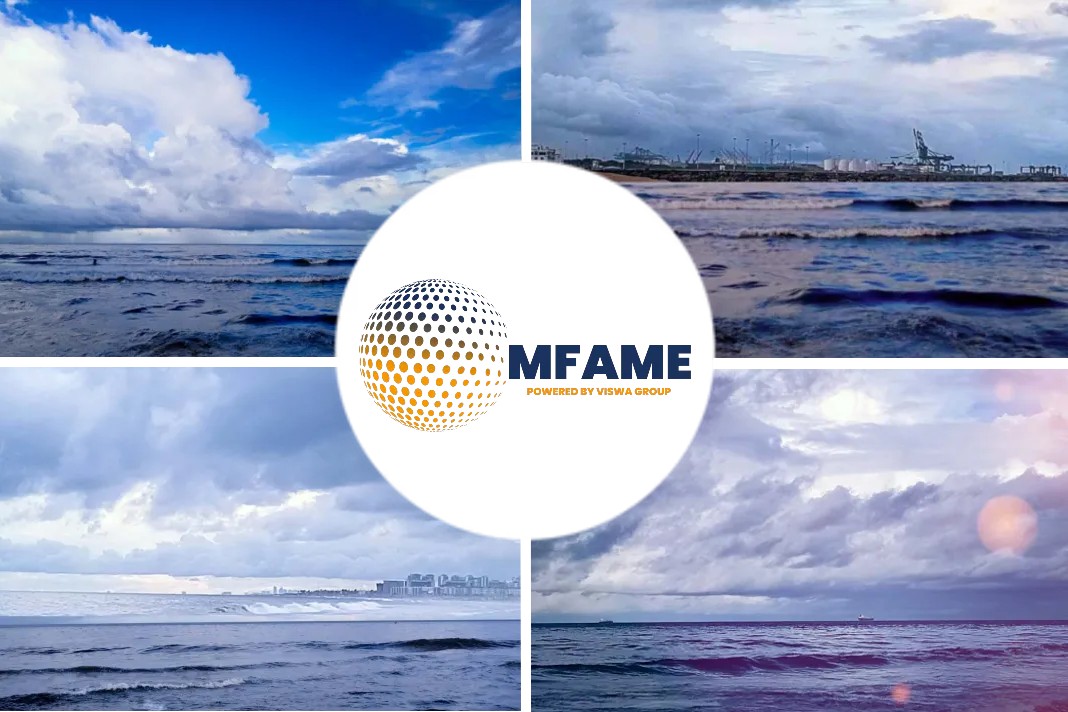- Tanker market has shown improvement in recent times when compared to previous years
- The rates are healthier and the Baltic Dry tanker index has spiked significantly
- There has also been a significant increase in the scrapping market and experts wonder if this improvement is sustainable in the long run
Recently the tanker market has shown some signs of improvement and through-out the industry there has been a sense of positivity in the last few weeks, in stark contrast to the downward spiral that represented the first three quarters of 2018.
Healthier rates
Rates are looking healthier, led by the VLCC’s the Baltic Dirty tanker index has spiked, world scale has reached 100 and on the period front, there has also been an improvement in the levels of activity since the start of the month. Alibra has reported VLCC one-year TC rates for October averaging at $25,550/pdpr and although this number is down almost the same period last year, this is, however, an uptick of over 15% month-on-month. This trend has also continued through to the Suezmax sector, that has seen a small increase of 8.6% to $18,300/pdpr and Aframaxes have also improved by 3% month-on month to reach $15,150/pdpr.
Increase in scrapping activity
From a vessel supply perspective, scrapping activity has increased with VLCC scrapping up 70% from last year and newbuilding orders remain limited with fewer orders placed this year, meaning that fleet growth has been moderate, reducing the gap between supply and demand.
US crude exports continue to drive the demand side. Last month the EIA announced that the for the first time in almost 20 years, the US is the now the largest global crude oil producer, surpassing both Russia and Saudi Arabia for the first time this year. EIA forecasts that production for 2018 average 10.7 million b/d, up from 9.4 million b/d in 2017 and will average 11.8 million b/d in 2019. World oil demand is also expected to continue to grow in 2019, although at a slightly lower rate than for 2018, with China and India likely to be the main contributors to oil demand growth and this year alone, the Far East has consumed almost 44% of US produced crude.
Global oil production controlled by the Middle East
Despite growth in US crude production and trade sanctions against Iran, the Middle- East is still a heavy-weight accounting for just over a quarter of global oil production and considering that most producers in this area are members of OPEC, any decisions made by the organisation continue to have a large impact on production in this area. According to EIA data, Iran’s crude oil and condensate exports have fallen since June as countries such as France and South Korea stopped Iranian imports and by September, Iran’s crude oil and condensate exports had fallen to 1.9 million b/d. In recent years the Middle-East has increased production volumes by around a quarter to almost 25m barrels per day in 2018, benefitting both crude and clean tanker markets.
Is this improvement sustainable?
The million-dollar question at the moment, is if this slight improvement will continue in the short-term through to the end of the year and beyond. Whilst VLCC earnings are edging higher and with fewer orders and increased scrapping activity, supply is on the right path and from a tanker demand perspective and the long-term outlook indicates that there is room for growth in this area. However, as the US trade war continues, the direction of tanker markets is still uncertain, and the risk still remains that, rates could weaken in the future, depending on the effect of sanctions against Iran.
Did you subscribe for our daily newsletter?
It’s Free! Click here to Subscribe!
Source: Alibra Shipping























